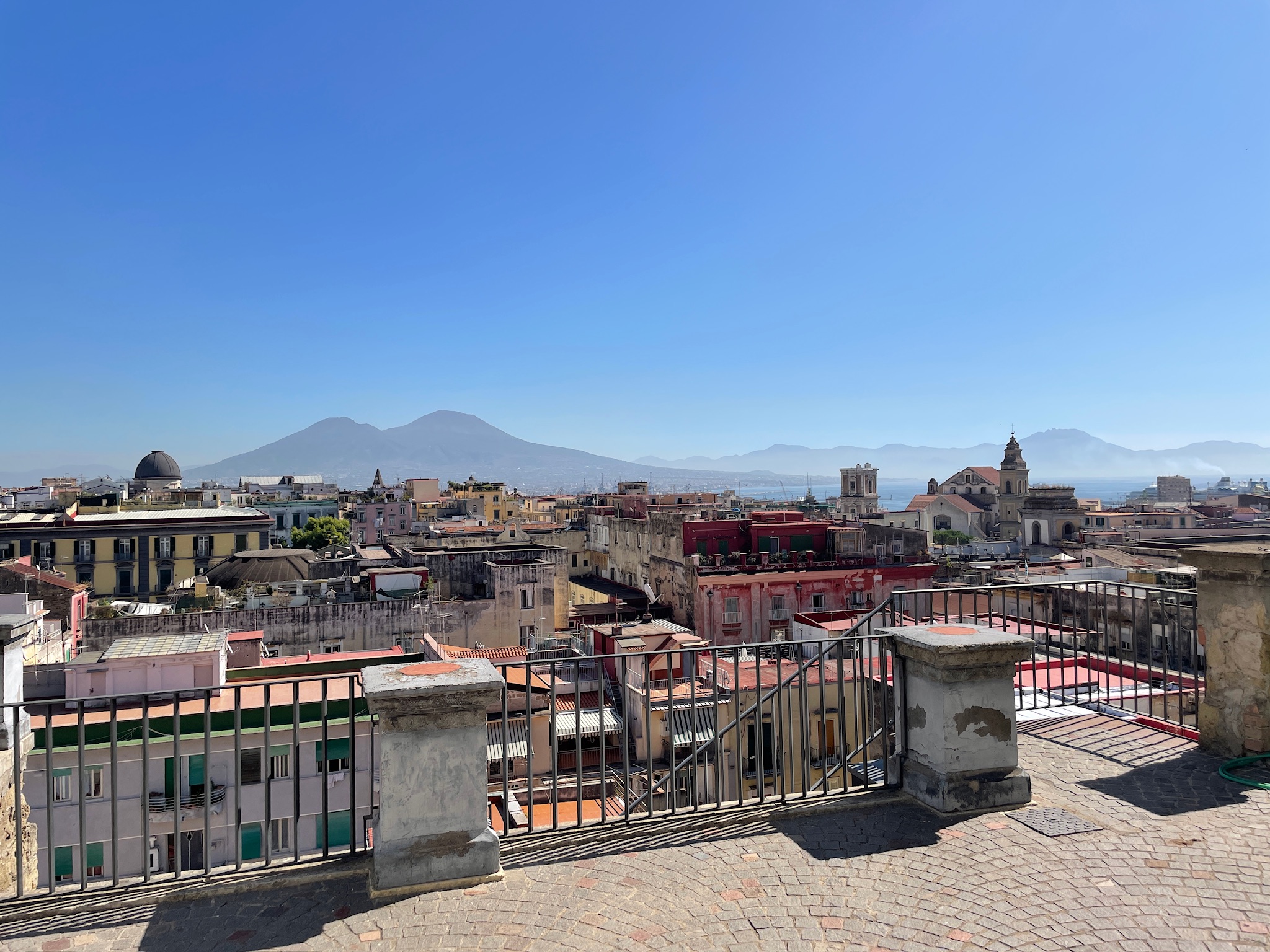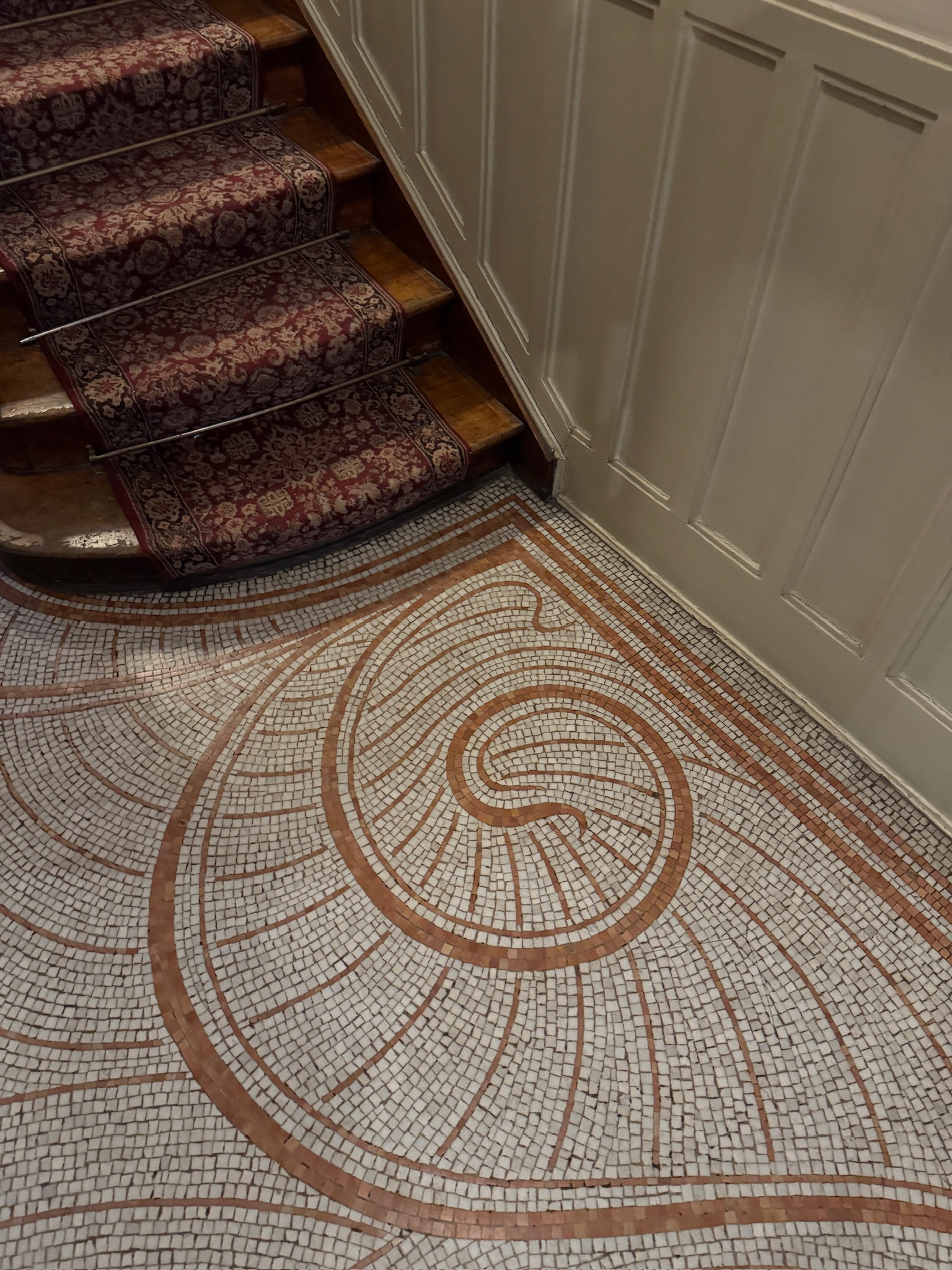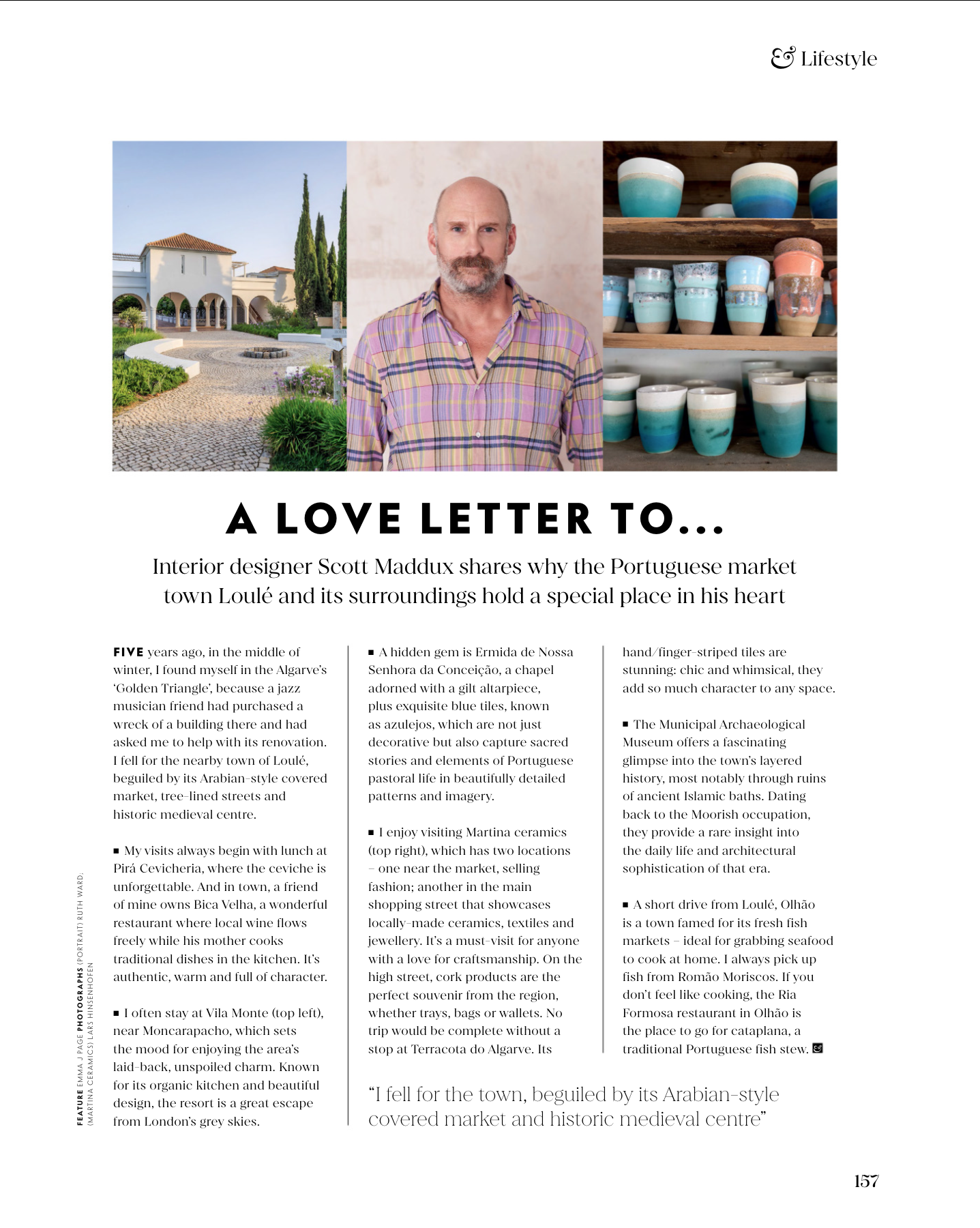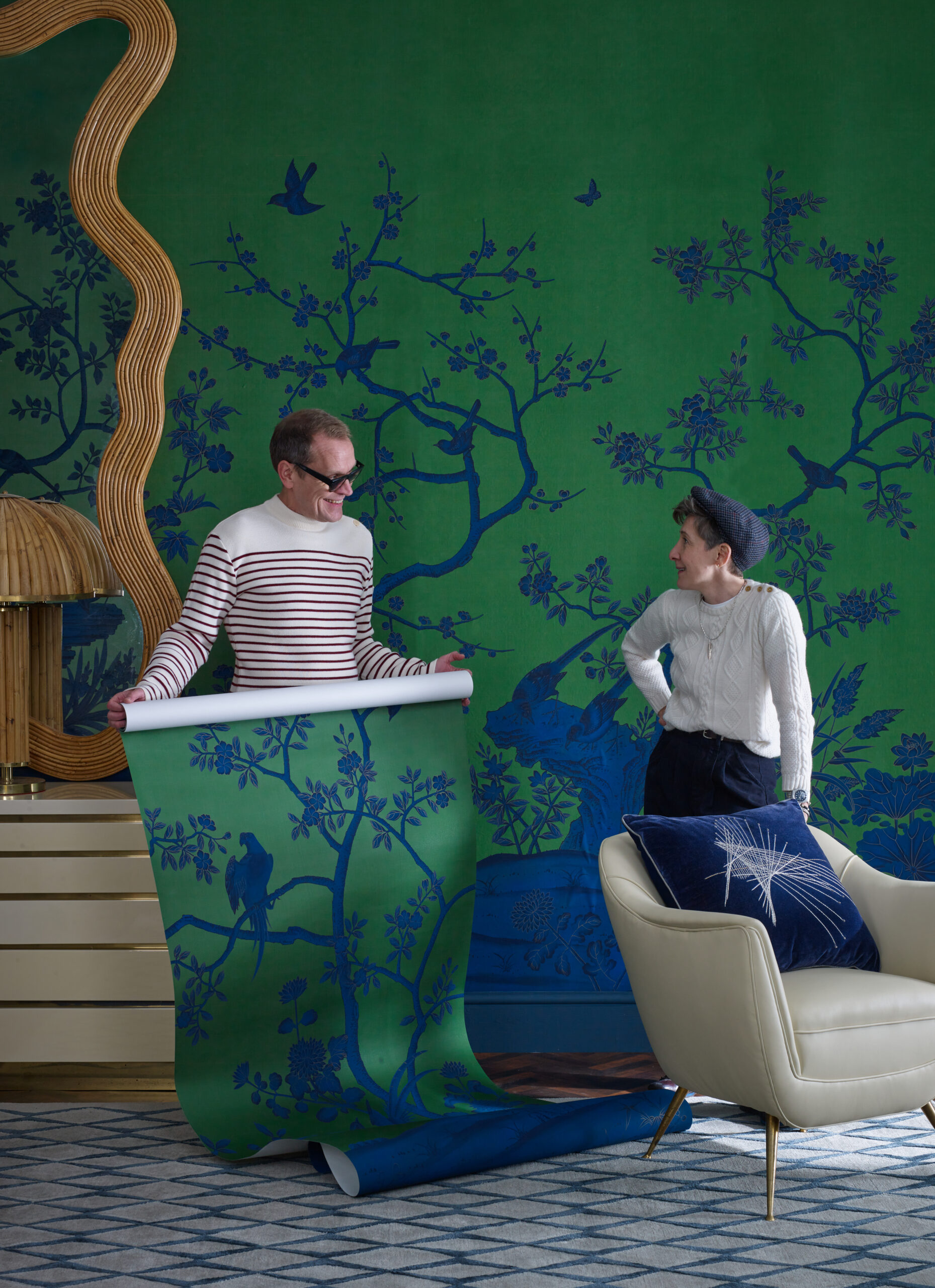Discovering Naples' Artistic Resurgence: The Nitsch Museum Journey
In the heart of Via Pontecorvo, a stone's throw from the bustling Piazza Dante, lies a hidden gem—the Nitsch Museum. This unassuming museum, a testament to the transformative power of design and creativity, beckoned us with its fusion of contemporary art and historical resonance.
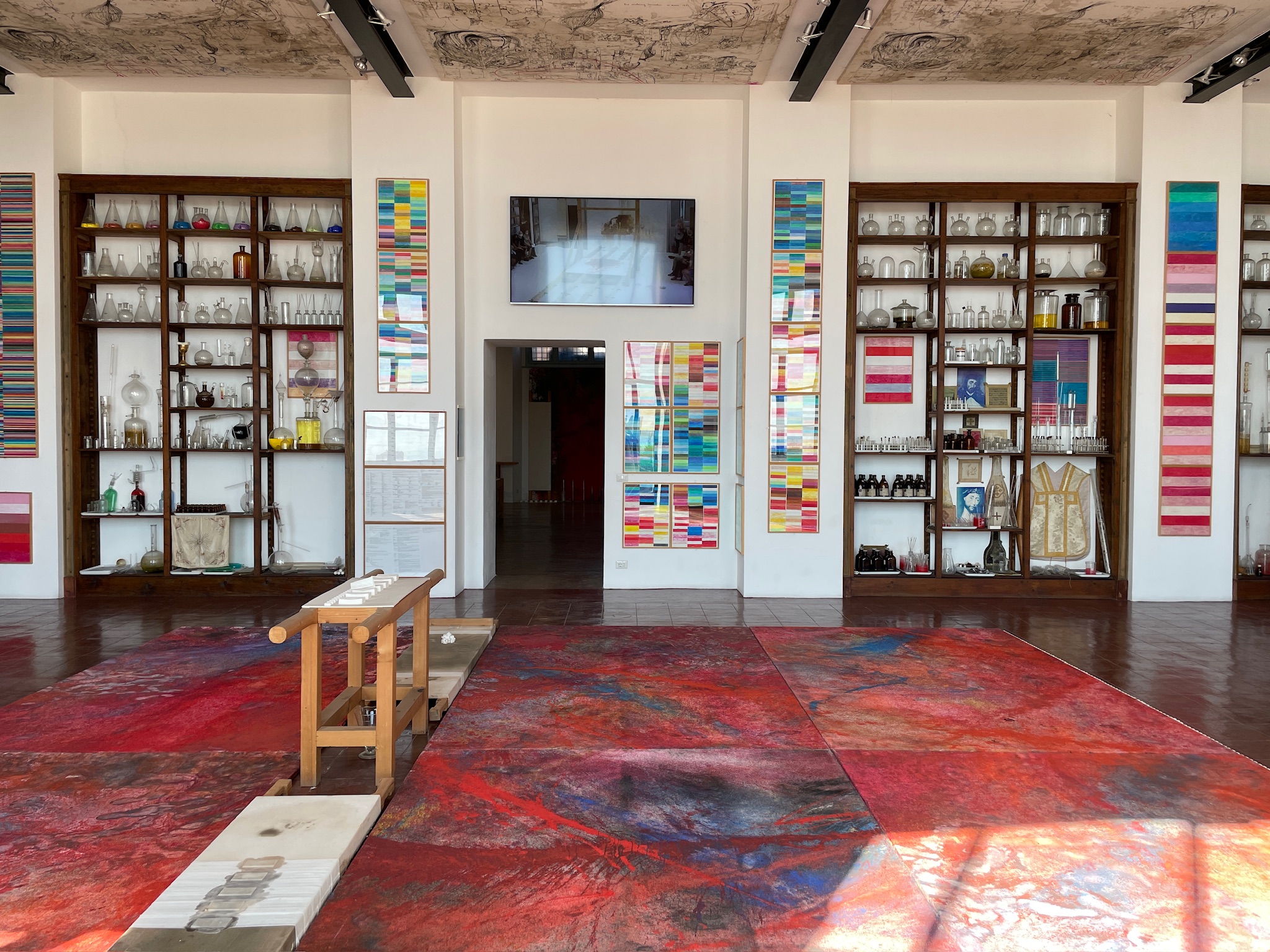
On September 13, 2008, Giuseppe Morra inaugurated the Hermann Nitsch Museum Archive Lab for Contemporary Arts in Naples. This space is dedicated to the documentation and in-depth exploration of Hermann Nitsch's work, featuring both his historical pieces and more recent installations, allowing visitors to immerse themselves in his extensive and extraordinary collection.
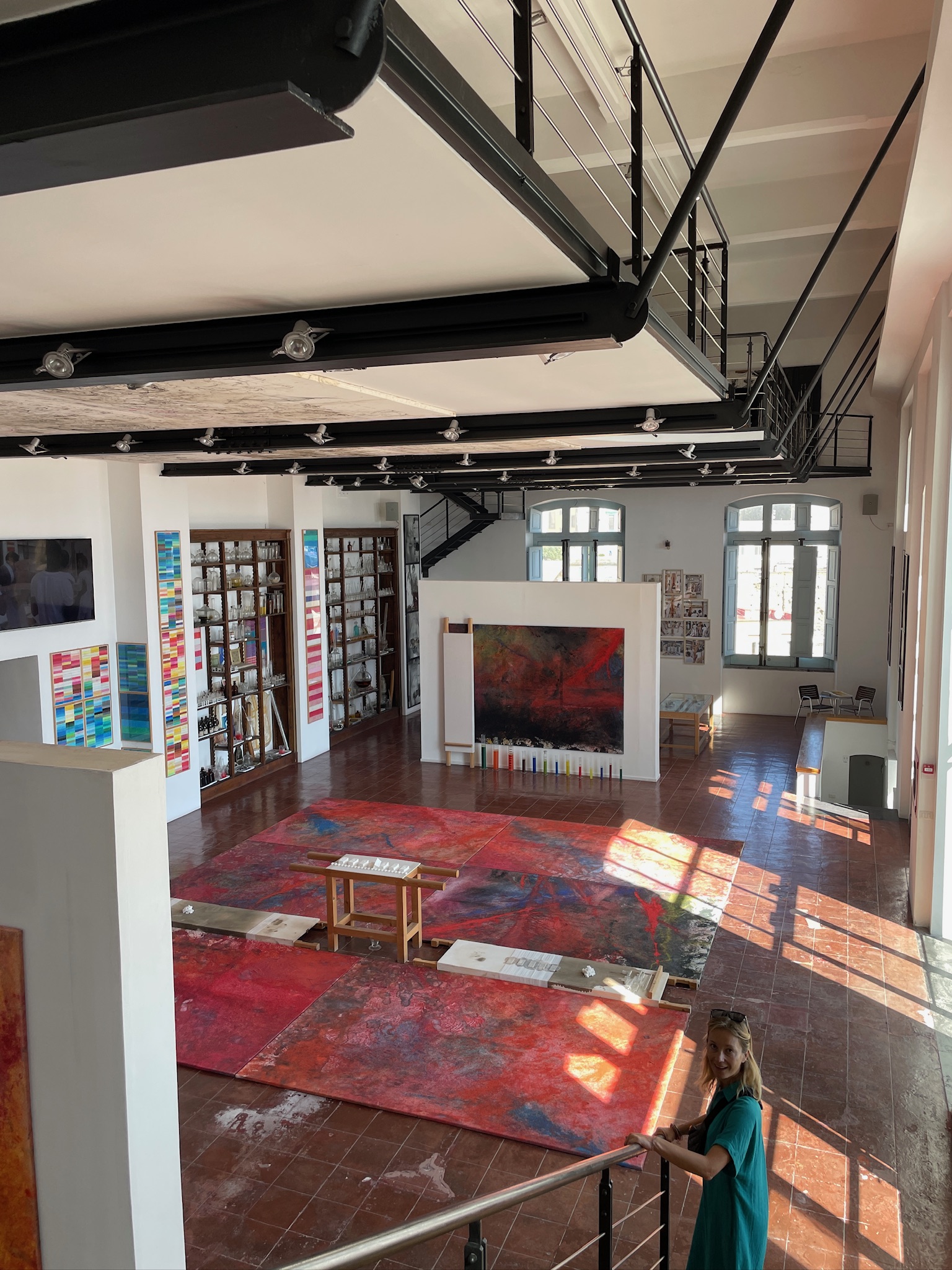

Housed in a former electricity factory dating back to 1892, the museum was designed to facilitate the study and analysis of the philosophical, poetic, and visual themes developed by the Austrian artist Hermann Nitsch (1938–2022). The museum serves as a platform where the works from Nitsch's Aktionen, particularly from his Orgien Mysterien Theater, are brought to life. This space fosters an exploratory journey that invites experimentation and embraces the ideal of Gesamtkunstwerk, or total art, where various sensory experiences converge. Located in the vibrant Pontecorvo district, the museum is the realization of Giuseppe Morra's vision, a longtime friend and patron of Nitsch since the 1970s.
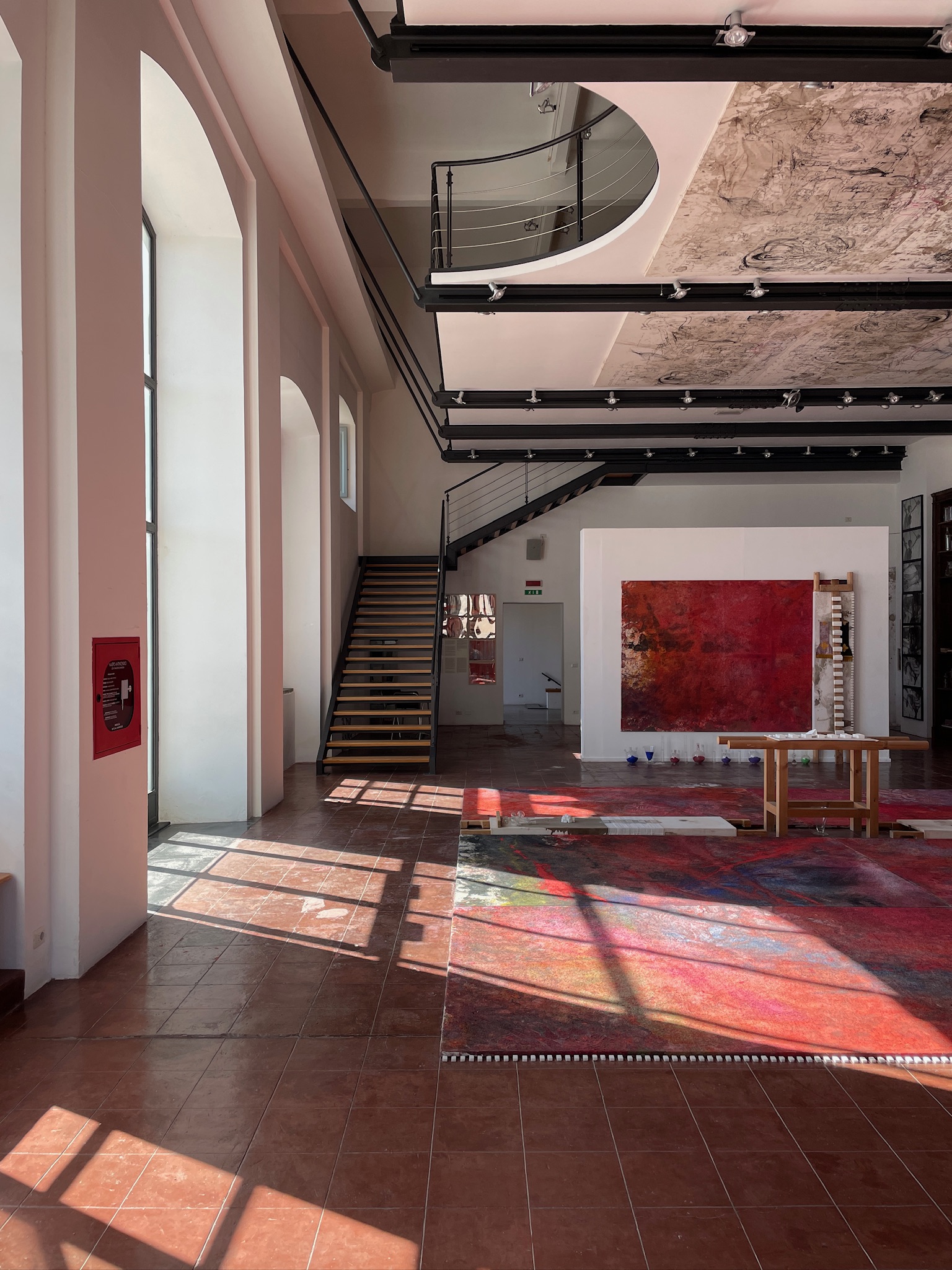
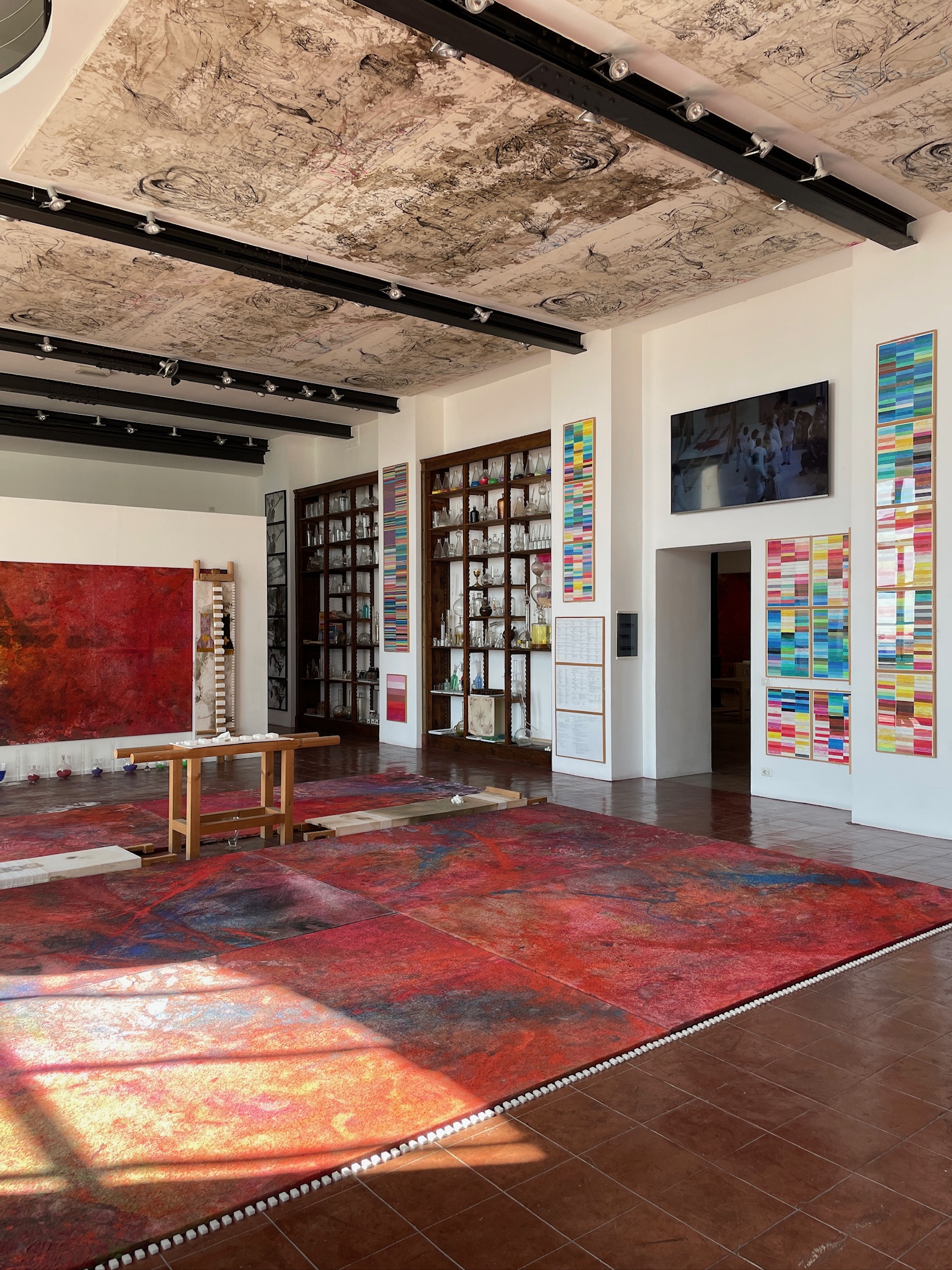
Hermann Nitsch was one of the most renowned international artists of the late 20th century. Nitsch' was a key figure in the Wiener Aktionismus (Viennese Actionism) movement, a significant expression of the European Body Art movement during the 1960s. In the following years, Nitsch developed his Orgies Mysteries Theater, a form of total art (Gesamtkunstwerk) that delves into the psychoanalytical concept of abreaction, an emotional release that helps individuals process traumatic events. By allowing the cathartic liberation from religious, moralistic and sexual taboos, Nitsch proposes the enactment of ancestral rituals and ceremonies.
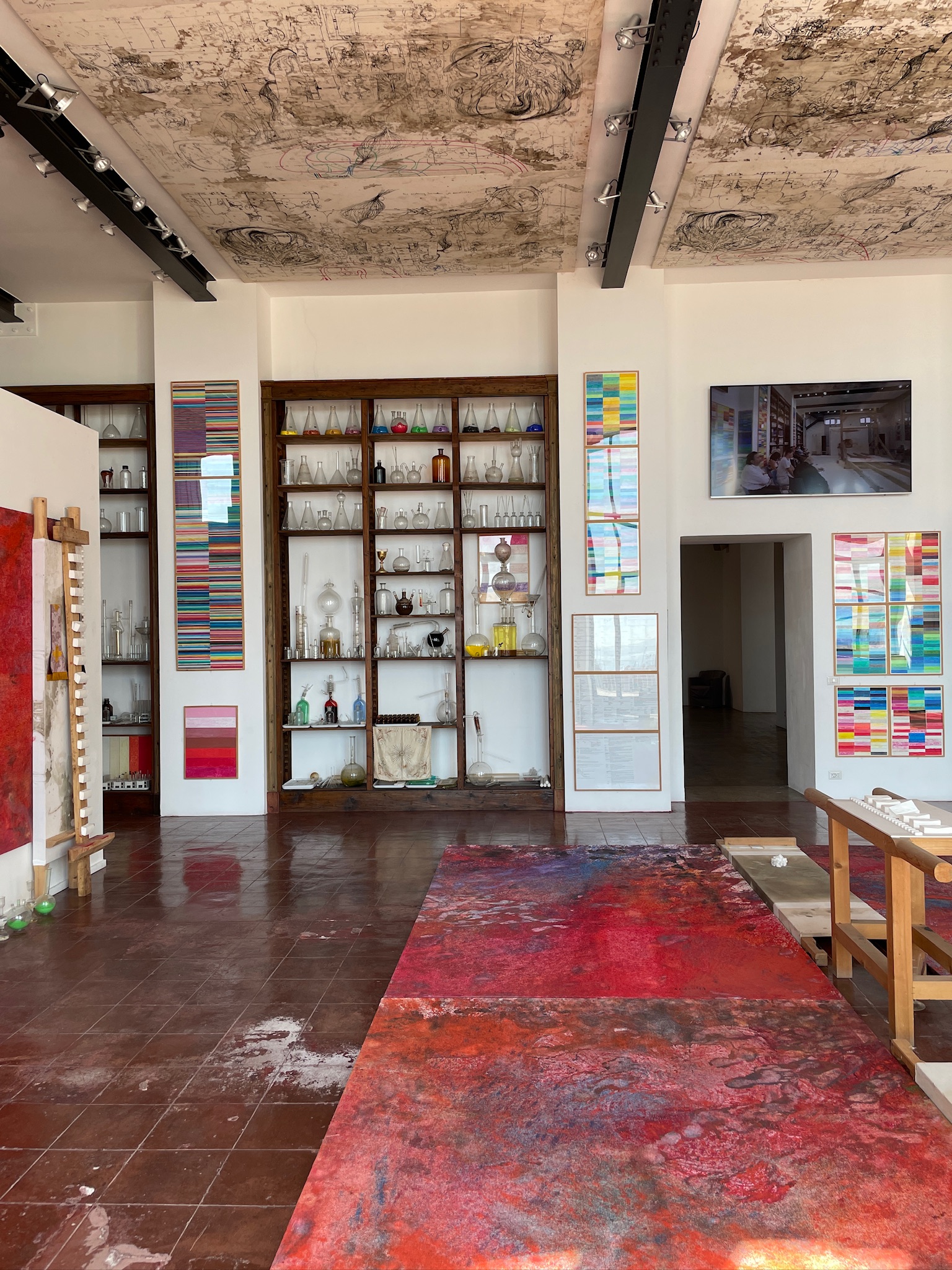

In 1974, Hermann Nitsch encountered Giuseppe Morra, leading to the 45th of Nitsch's Aktionen being performed at Studio Morra. This event resulted in Nitsch's expulsion from Italy but also marked the beginning of a lasting friendship and artistic collaboration that endured until Nitsch's passing in 2022 and continues through the museum archive and foundation. Since the 1990s, Nitsch's work has been showcased in solo and group exhibitions across the globe, highlighting his dynamic expressive power through relics, objects, installation materials, large canvases, musical scores, and graphic works. His distinctive artistic approach integrates elements of theater, painting, music, photography, video, and performance.
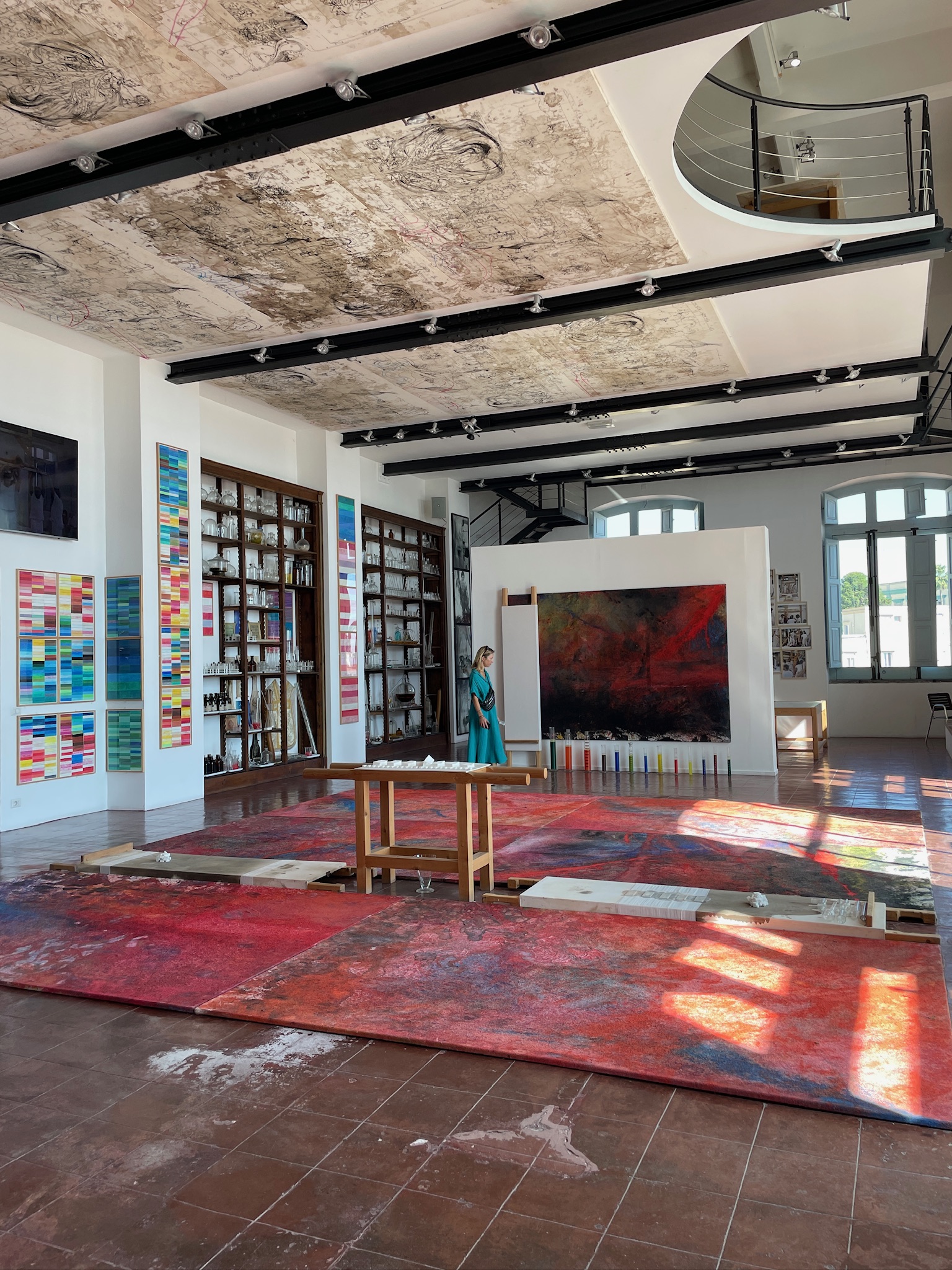
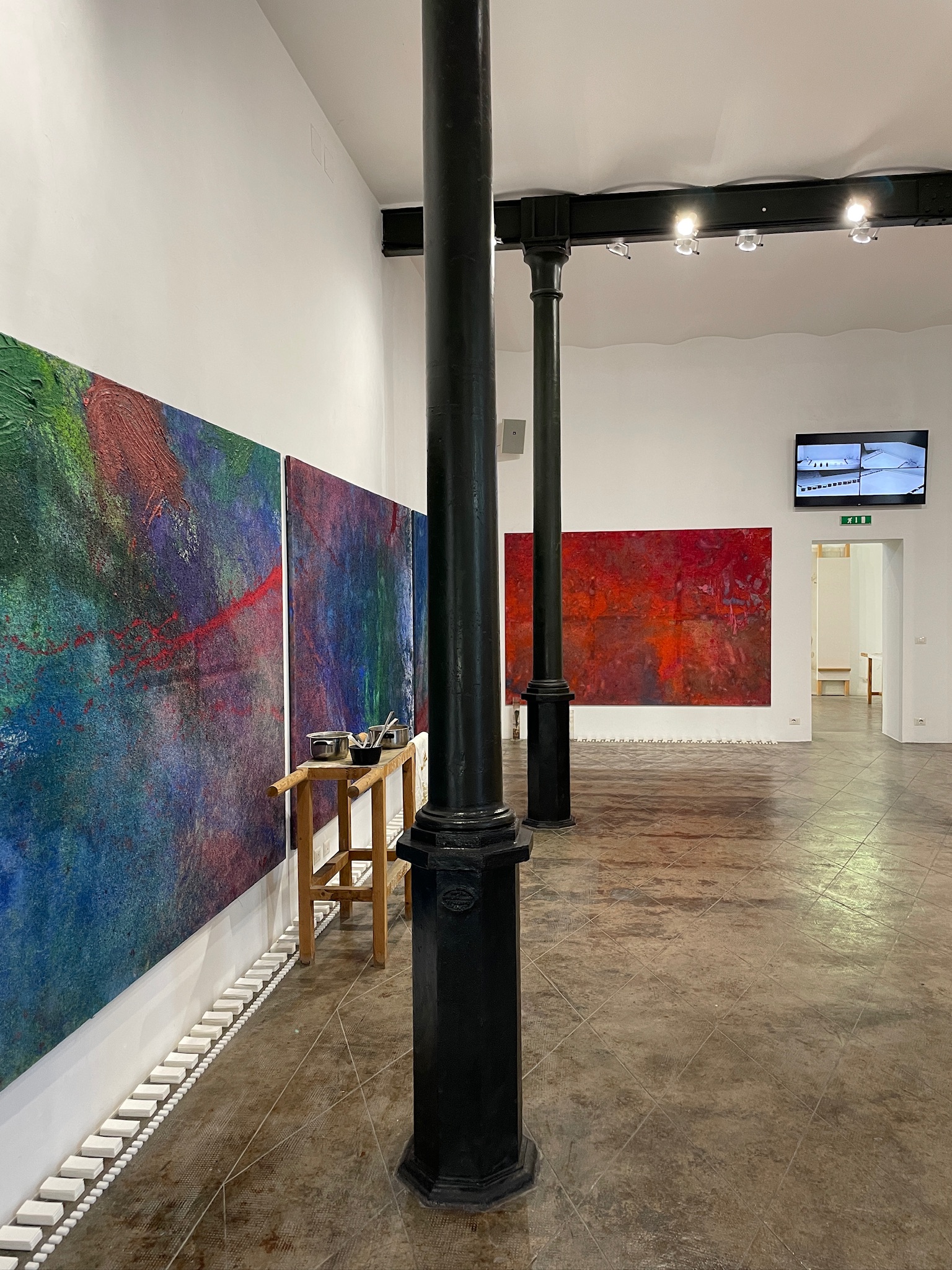
The museum's exhibition layout, which changes every two years, serves as a masterclass of Nitsch's work, allowing visitors to experience the energy, beauty, and interweaving of codes that celebrate life through ritual. Nitsch once remarked, "…only through art, through artistic experience, can I reach the deepest levels, and it is only at these depths that I wish to celebrate existence."
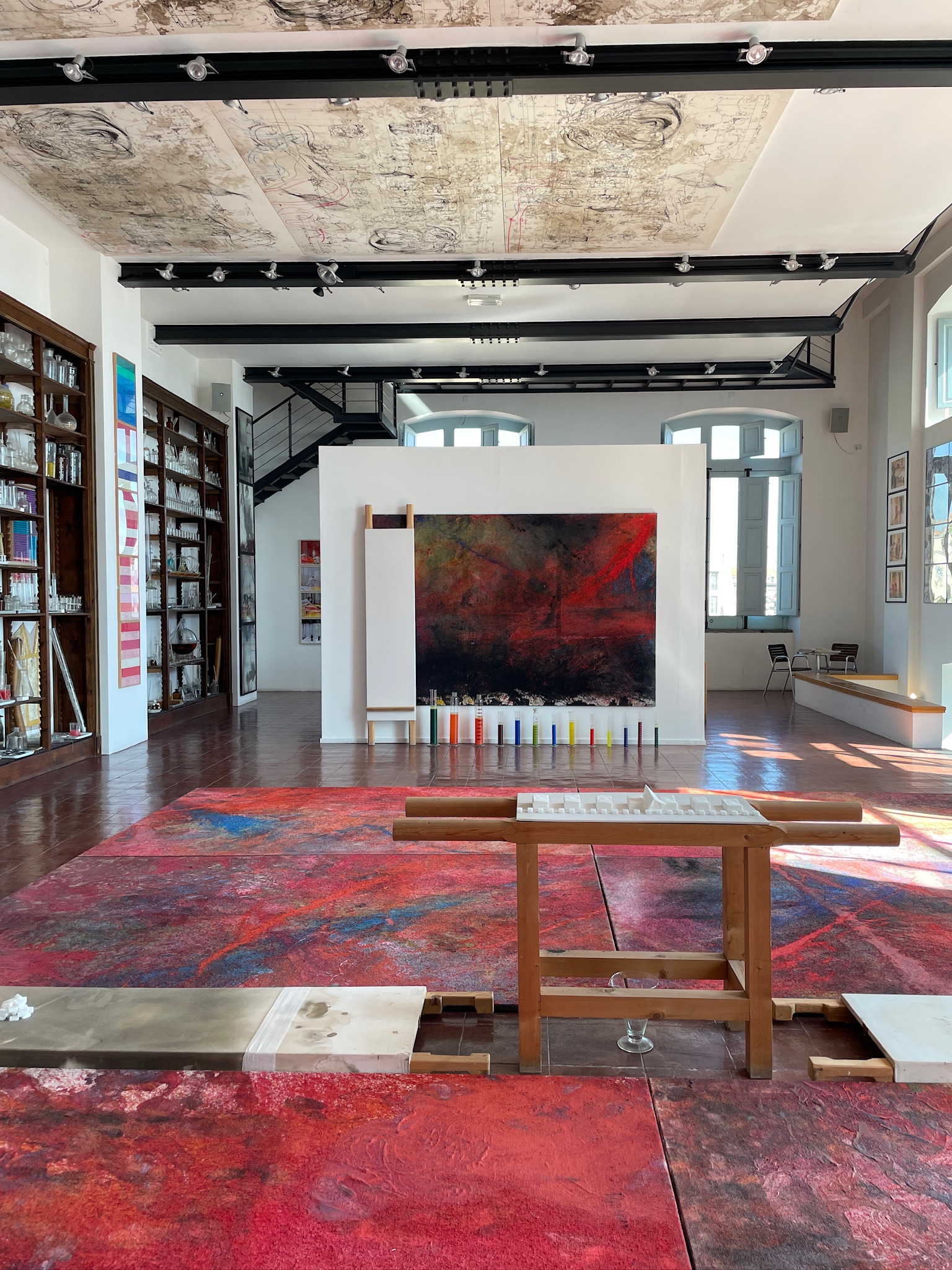

The exhibition "BAYREUTH WALKÜRE and RELICTS 158.aktion," presented in collaboration with the Nitsch Museum in Mistelbach, the Nitsch Foundation, and supported by the Goethe-Institut Neapel, offers a unique connection between a broad selection of paintings from the Malaktion Walküre and relics from the 158th Aktion, the final action directed by Nitsch in Naples.
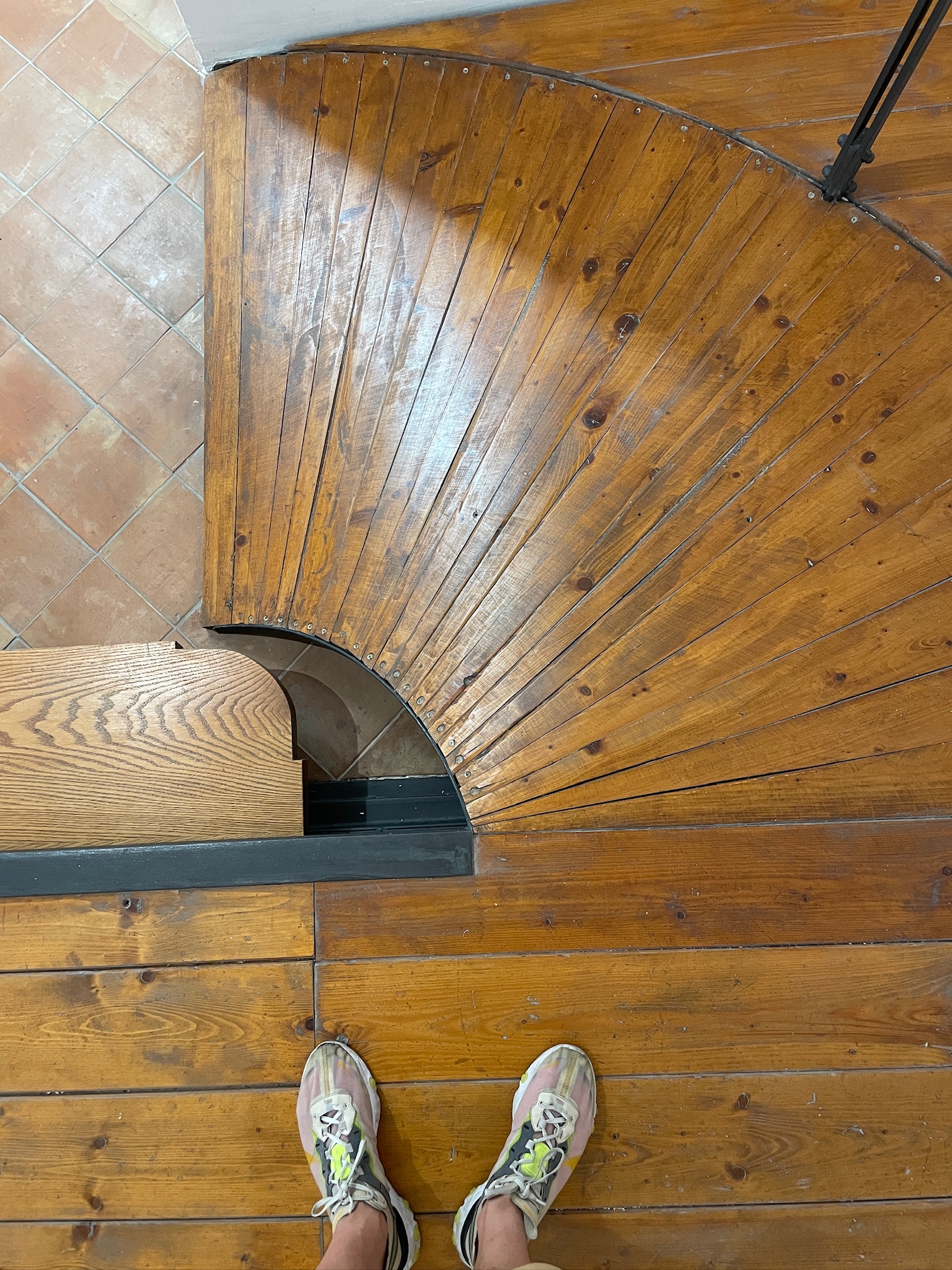
Nitsch commented on this experience, expressing his intent not to compete with Wagner but to extend his work through the Orgies Mysteries Theater. He aimed to further the concept of Gesamtkunstwerk by blending all five senses in a Dionysian, orgiastic performance that paralleled, rather than illustrated, Wagner's music. This Bayreuth experience is also captured through video projections, photographs, and a selection of Nitsch's drawings.

The first series of works is drawn from the dramatic pictorial actions Nitsch created as part of a performance during Richard Wagner's "The Valkyrie" at the Bayreuth Festival in the summer of 2021. This performance took place during the COVID-19 pandemic, with actors positioned 2 meters apart on stage, while Nitsch's actions provided the dramatic visual element.
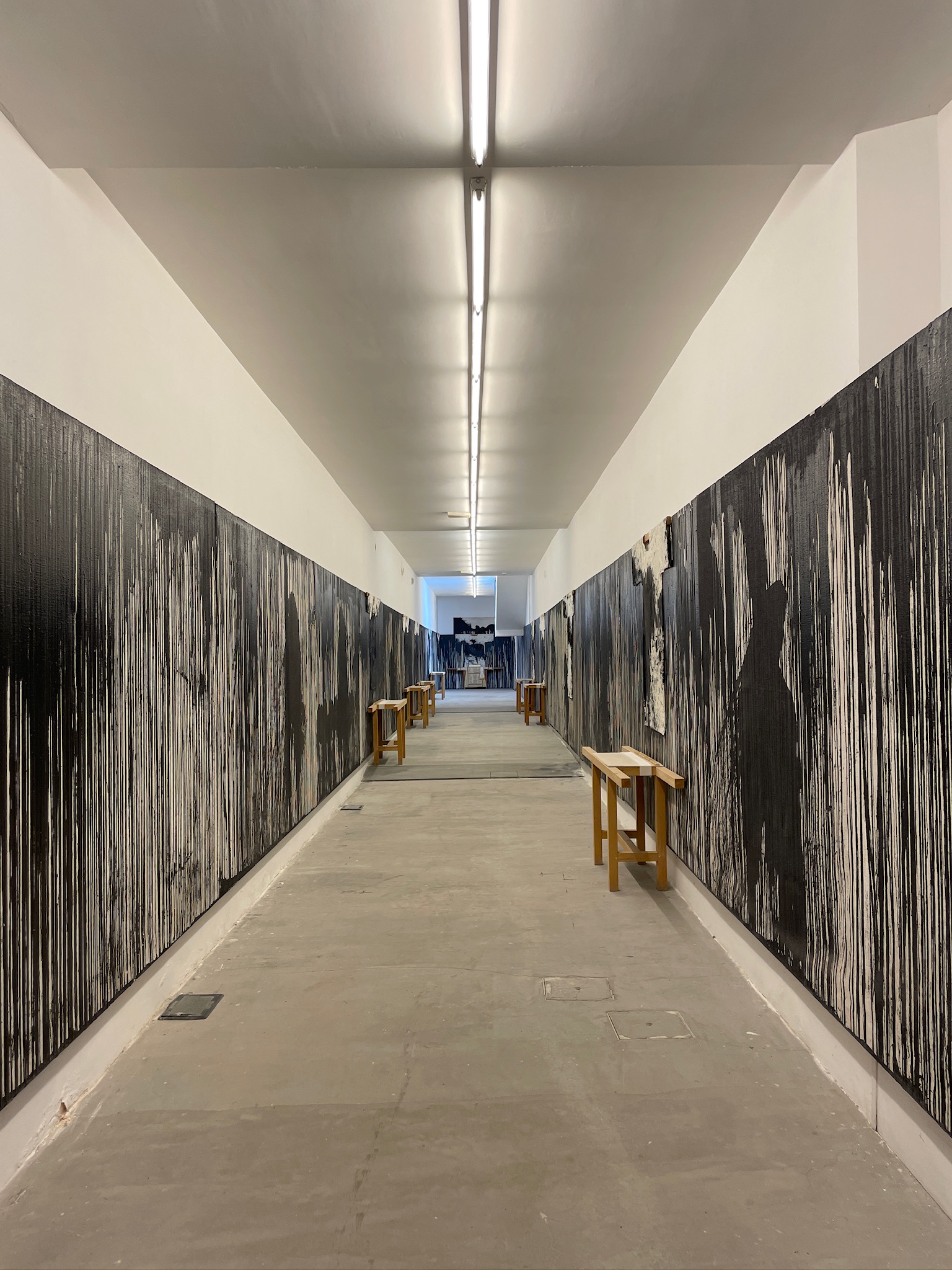
Additionally, the exhibition features the relics and documents from the 158th Aktion, Nitsch's final performance. This action highlighted the importance of the "Sinfonia Napoli," performed by the Orchestra Scarlatti under Andrea Cusumano, which Nitsch viewed as a dynamic and integral part of the event. In September 2020, this performance honored both Giuseppe Morra and the city of Naples on the twelfth anniversary of the Neapolitan Museum-Laboratory.
